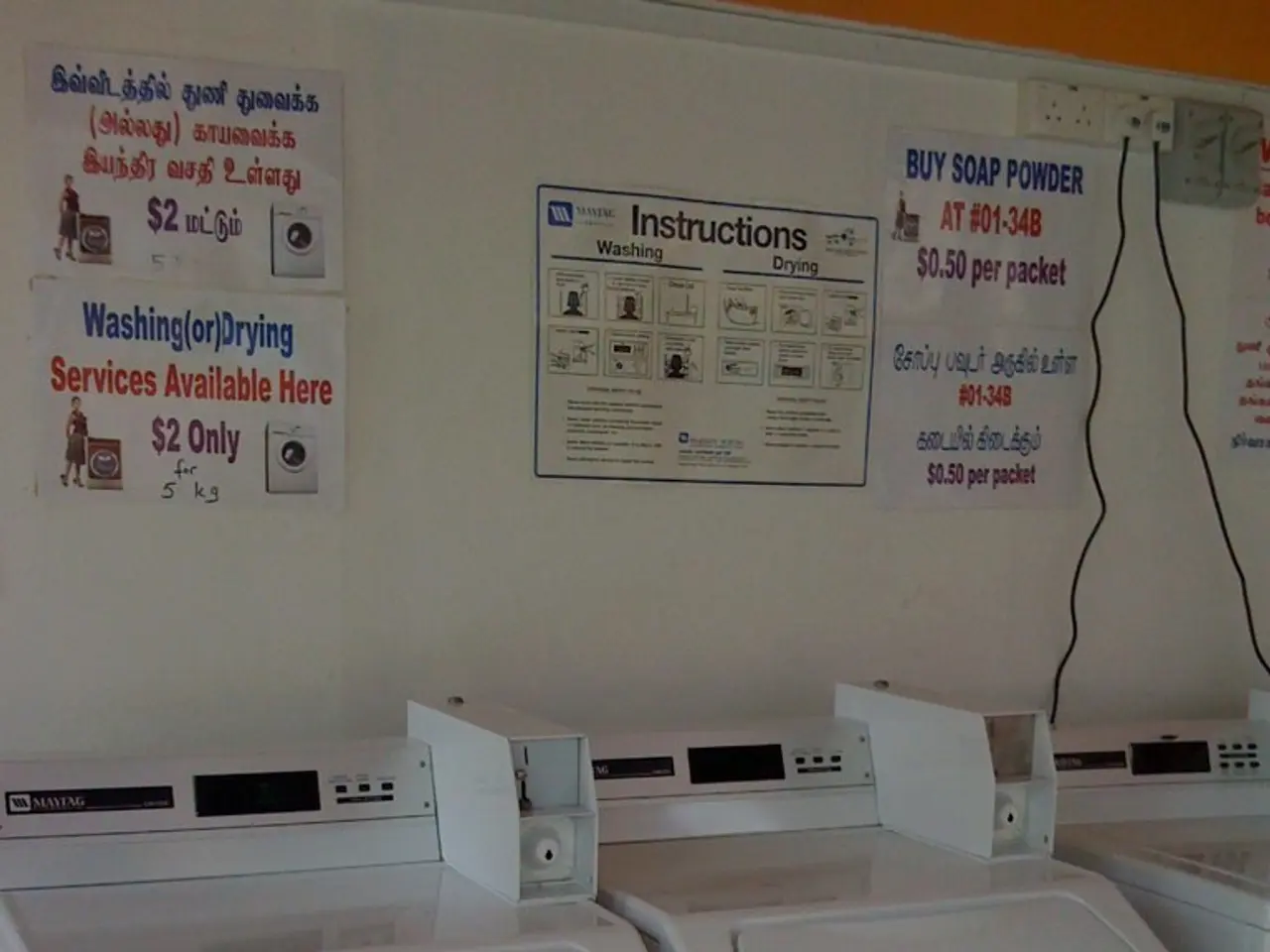Trump's Tariff Policies: Current Status and Potential Future Developments
In the second term of President Donald Trump's administration, tariffs have continued to be a significant tool in shaping international trade relations. Here's a summary of the current and announced tariffs as of July 2025:
## Current and Announced Tariffs
President Trump has announced new reciprocal tariff rates for multiple countries, effective from August 1, 2025. These tariffs aim to make bilateral trade more balanced and apply to goods from the following countries (with the new tariff percentage in parentheses):
- Japan (25%) - South Korea (25%) - South Africa (30%) - Kazakhstan (25%) - Laos (40%) - Malaysia (25%) - Myanmar (40%) - Tunisia (25%) - Bosnia and Herzegovina (30%) - Indonesia (32%) - Bangladesh (35%) - Serbia (35%) - Cambodia (36%) - Thailand (36%)
In addition, new duties apply to goods sent through the international postal network from China, amounting to either 54% ad valorem or $100 per item (with no increase to $200 as previously proposed). The de minimis exemption for Chinese origin products was also eliminated on May 2, 2025, meaning more Chinese goods are subject to tariffs regardless of value.
To prevent "stacking" of tariffs, an executive order was signed on April 29, 2025, ensuring that goods subject to Section 232 tariffs on automobiles or parts, as well as those from Canada or Mexico, are not also subject to overlapping tariffs on aluminum, steel, or related products. This anti-stacking measure applies retroactively to entries on or after March 4, 2025.
## Investigations and Potential New Tariffs
New Section 232 investigations were initiated on April 23, 2025, into critical minerals and derivative products, as well as medium- and heavy-duty trucks and truck parts, with a 21-day public comment period following the Federal Register publication. A Section 232 investigation into imports of commercial aircraft, jet engines, and related parts was also announced, with public comments closing on June 3, 2025.
## Summary Table
| Country/Region | New Tariff Rate (Effective Aug 1, 2025) | Notes/Details | |-----------------------|-----------------------------------------|---------------------------------| | Japan | 25% | Reciprocal tariff | | South Korea | 25% | Reciprocal tariff | | South Africa | 30% | Reciprocal tariff | | Kazakhstan | 25% | Reciprocal tariff | | Laos | 40% | Reciprocal tariff | | Malaysia | 25% | Reciprocal tariff | | Myanmar | 40% | Reciprocal tariff | | Tunisia | 25% | Reciprocal tariff | | Bosnia & Herzegovina | 30% | Reciprocal tariff | | Indonesia | 32% | Reciprocal tariff | | Bangladesh | 35% | Reciprocal tariff | | Serbia | 35% | Reciprocal tariff | | Cambodia | 36% | Reciprocal tariff | | Thailand | 36% | Reciprocal tariff | | China | Varies (see below) | Postal: 54% or $100 per item | | Canada/Mexico (auto) | Anti-stacking applied | No overlapping Section 232 |
These actions are all aimed at reducing the U.S. trade deficit and ensuring more balanced trade relationships, though their implementation and impact remain under ongoing assessment.
Other countries with tariffs on imports to the United States include Algeria (30%), Canada (10% for energy products and 25% for other products not covered by the U.S.-Canada-Mexico Agreement), Bosnia and Herzegovina (30%), Cambodia (36%), Vietnam (20% for some products and 40% on transshipments from third countries), Indonesia (32%), Thailand (36%), and Tunisia (25%). Additional tariffs may be imposed on timber and lumber, pharmaceuticals, and certain transshipments.
The United Kingdom has a 10% tariff, with some auto and metal imports exempt from higher global rates. The US has also threatened to implement tariffs on several countries from August 1, 2025, including but not limited to, the UK, Vietnam, and countries not specified. Autos and auto parts, semiconductors, aircraft, engines, and parts, copper, and movies are among the goods threatened with tariffs of 25% or higher.
These ongoing tariff policies, initiated by President Trump, continue to shape the global trade landscape, with potential implications for various industries and economies worldwide.
- The current tariff announcements by President Trump, affecting multiple countries, have stirred discussions not only in the realm of international business but also in the domain of politics and general news, as these tariffs aim to rebalance bilateral trade relationships, potentially impacting various industries financially.
- In the context of global finance, the announced tariffs on goods from various countries, such as Japan, South Korea, and Malaysia (with rates of 25%, 25%, and 25% respectively), could have far-reaching consequences for the financial stability of these nations, influencing their overall trade relations and economic growth.




